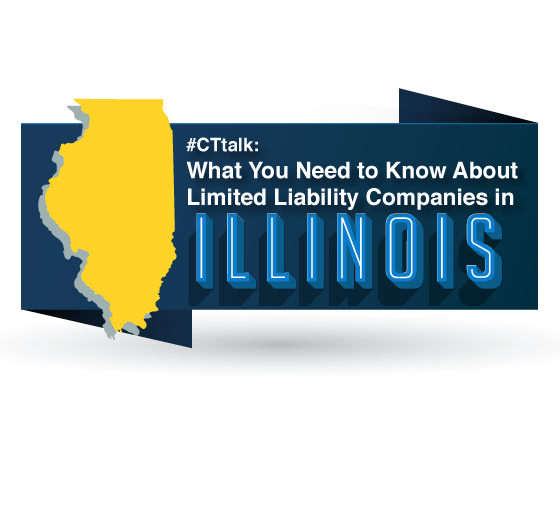To download the article, click HERE.
Easements may burden or benefit a parcel of real estate. In either event, easements may affect the value and use of the land. For this reason, it is important to consider whether the property is either burdened or benefitted by an easement. This article will discuss the different types of easements and the ways in which easements can be created and terminated; it will also discuss title company requirements for insuring easements.
An easement is a right acquired by a landowner to use the land of another for a special purpose. This right may be for such purposes as access, driveway, party wall, drainage, public utilities and other purposes. Easements are divided into 2 general categories: an appurtenant easement or an easement in gross.
An appurtenant easement operates for the benefit of one tract of land and burdens another, usually adjoining tract. Thus, there must be two tracts of land owned by different parties, that is, a separation of title. The benefitted parcel is referred to as the dominant estate (or dominant tenement), and the burdened parcel is referred to as the servient estate (or servient tenement). Because an appurtenant easement is regarded as being so closely connected to the dominant tenement, it is regarded as “running with the land”. This means that once the easement has been properly created, the easement will pass upon a conveyance of the dominant tenement to the grantee of the deed, even if the deed does not mention it.
An easement in gross does not specifically benefit another parcel of land. It runs in favor of a party who does not own the property adjoining the easement. A utility easement given to a utility company such as the phone, gas, cable or electrical company is the most common type of easement in gross. Easements in gross may not be considered interests in real property; they are generally not insured by title companies.




